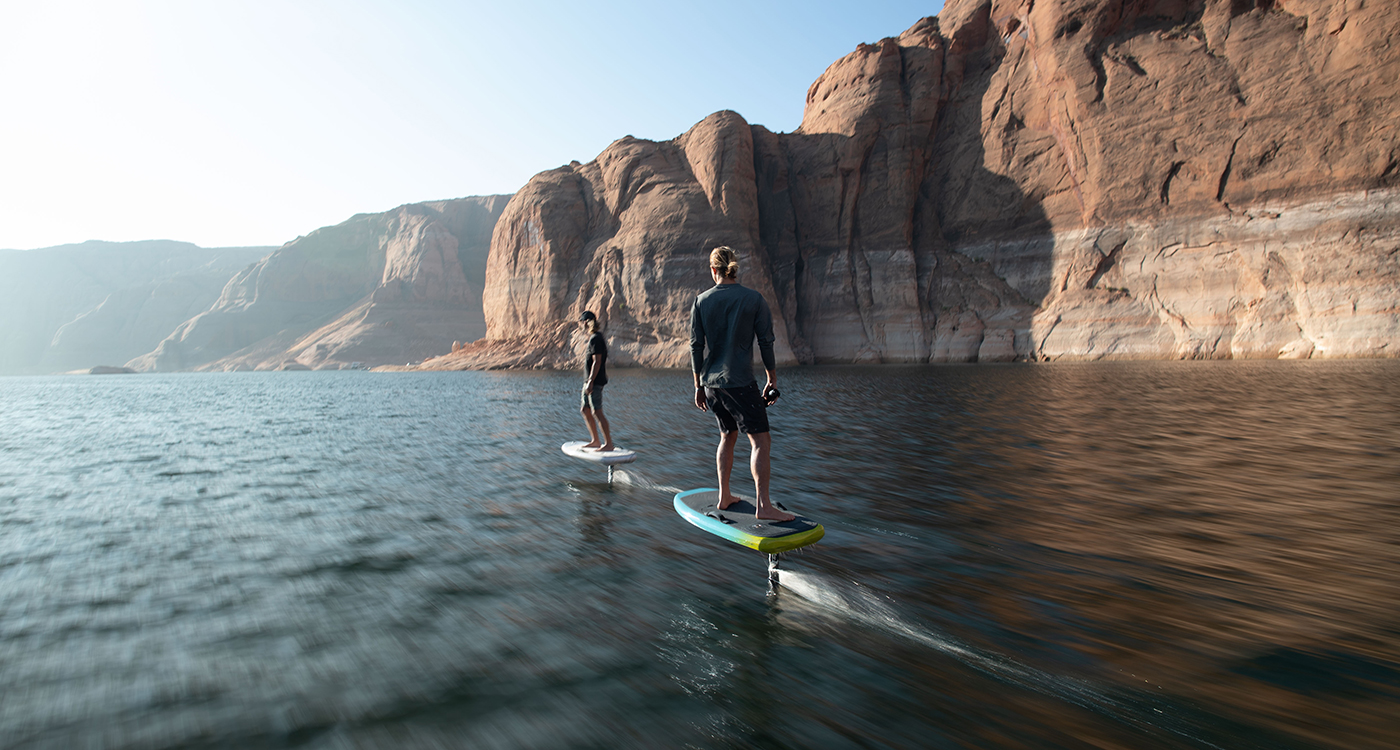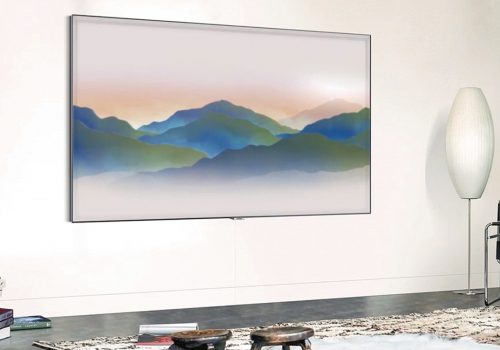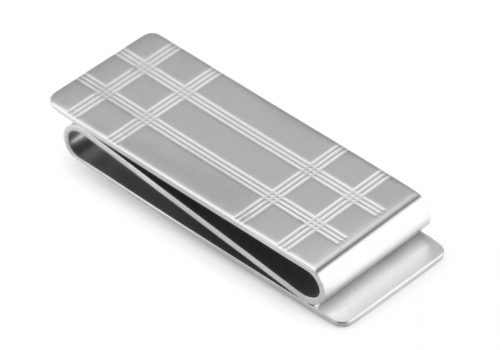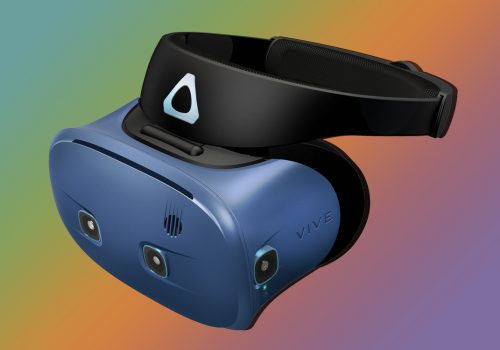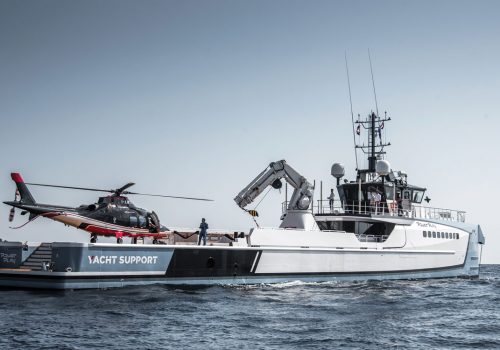Have you ever dreamt of riding a magic carpet? “I can show you the world. Shining, shimmering splendid.” It’s something we’ve all fancied at one time or another. The great thing is it’s now possible thanks to Lift, the Puerto Rico-based pioneer of electric eFoils. As its co-founder, Nick Leason points out: “We didn’t just create our own version of this product, we invented it.” But it took years, requiring the father-and-son team of to make prototype after prototype until they perfected something that they describe as, “Part surfboard, part hydrofoil, part hoverboard and part magic flaying carpet.” It’s also the world’s smallest personal watercraft.
The eFoil, as invented by Lift, first came to market in 2018 and they’re already on the third iteration. Lift3 comes in a variety of sizes, with different configurations of masts and wings, front and rear, depending on how you plan to use it. There’s even the option of a more affordable – and lighter – battery that offers an hour of ride time, versus the full range unit’s 100-minute capacity.
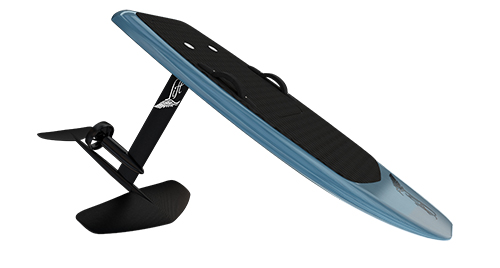
The company claims the Lift3 is a cinch to master but the problem is I’ve never surfed before. I have however been monoskiing on water for years, I’ve tried wakeboarding a few times, and I’ve been snowboarding and skiing for most of my life. Regardless of all that, I can tell you that, after a morning of trying to get to grips with the Lift3, I did get the hang of it but I certainly didn’t crush it. That’s a good thing though, as it left me wanting more. Physically I had had enough though. The scabs that were spreading across my knees plus the bruises from where I had accidentally fallen onto the board bore testimony to that fact.
If, like me you spend the first hour wiping out instead of continuously riding, then the Lift3 will give you nearly three hours of activity, instead of 100 minutes. And even if it is challenging, it’s thrilling nonetheless. To get up, you have to lie on the board, on your stomach, and with your left hand holding onto the nose, your other hand needs to hold the trigger of the handheld remote. And, while keeping a constant pace you then have to attempt to spring yourself up onto your feet. If your stance is regular (and not goofy) then that means placing your left foot as far forward as possible, while your right needs to be around the centre line (an area I determined was close to the ridge of the battery compartment). Next, you’ll need to squeeze the throttle a little more, with your weight firmly holding down the nose so that you can begin to rise up and away from the waves, and thereby take flight. It’s an incredibly rewarding experience, even if it does take time to get used to gliding through two media at once: the air and the water. I do regret not having been able to make tight turns but I did notice how tricky it was to shift my weight while suspended in the air and that was of course because the only thing carrying me was a tiny submerged wing. It isn’t surfing. It’s something new. Something brilliant.
Is a Lift3 worth 13,000 USD? Sure it is. Remember it took years of research and development to create. It’s also made of carbon fibre, comes with a high-tech lithium-ion battery, a fully submersible brushless electric motor with high-grade military electrical contacts, a Bluetooth-connected wireless handheld controller, and requires five different individually programmed circuit boards, not to mention its two-year warranty, its international customer service or its roster of 300 global affiliates.
Thankfully, Lift Foil is killing it. Not only are they now enjoying a 65 per cent market share of this burgeoning new industry, they’re on target to double the record sales figures they set last year.


